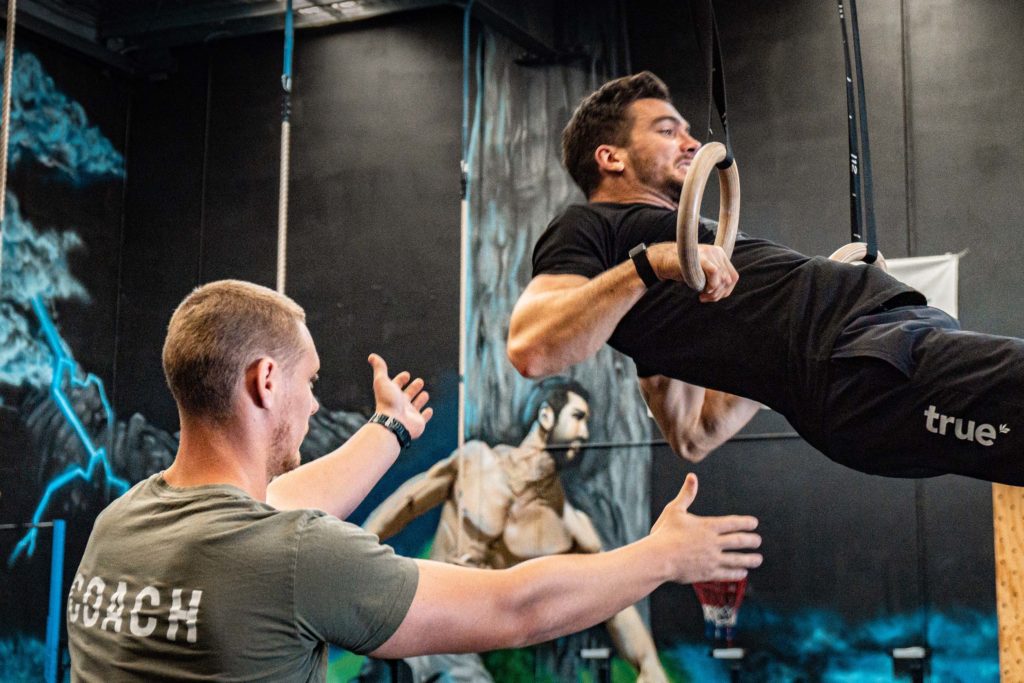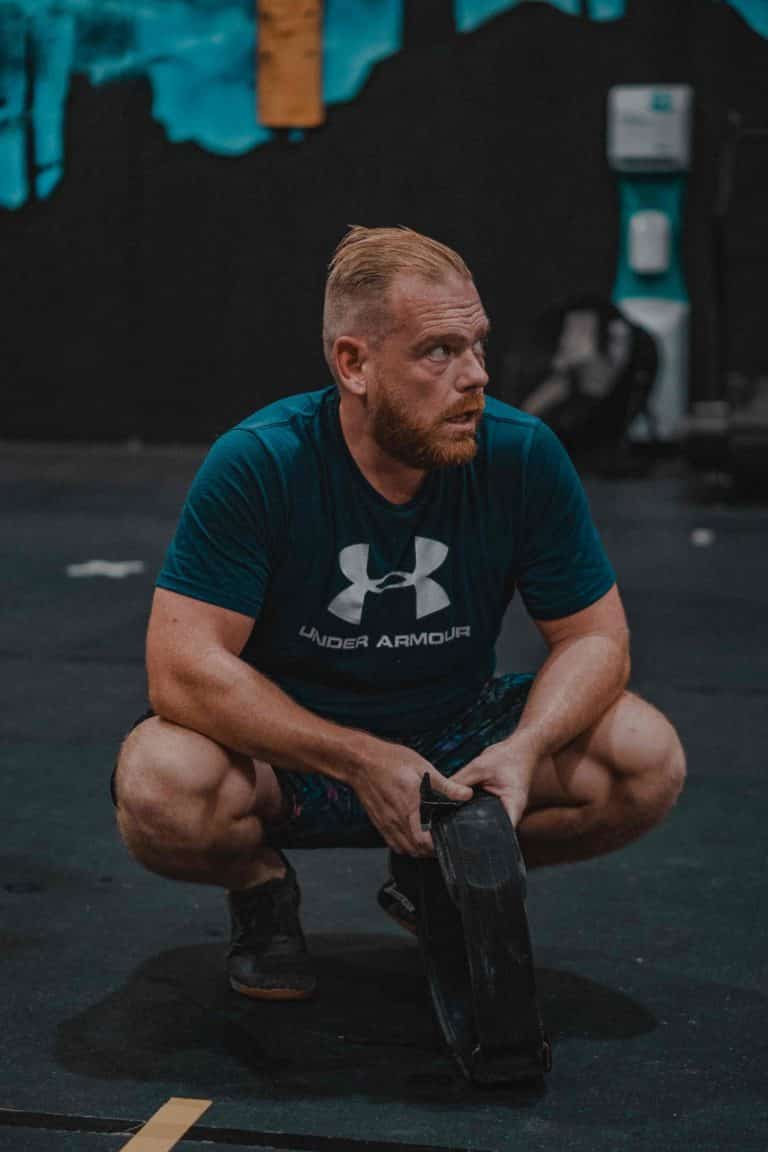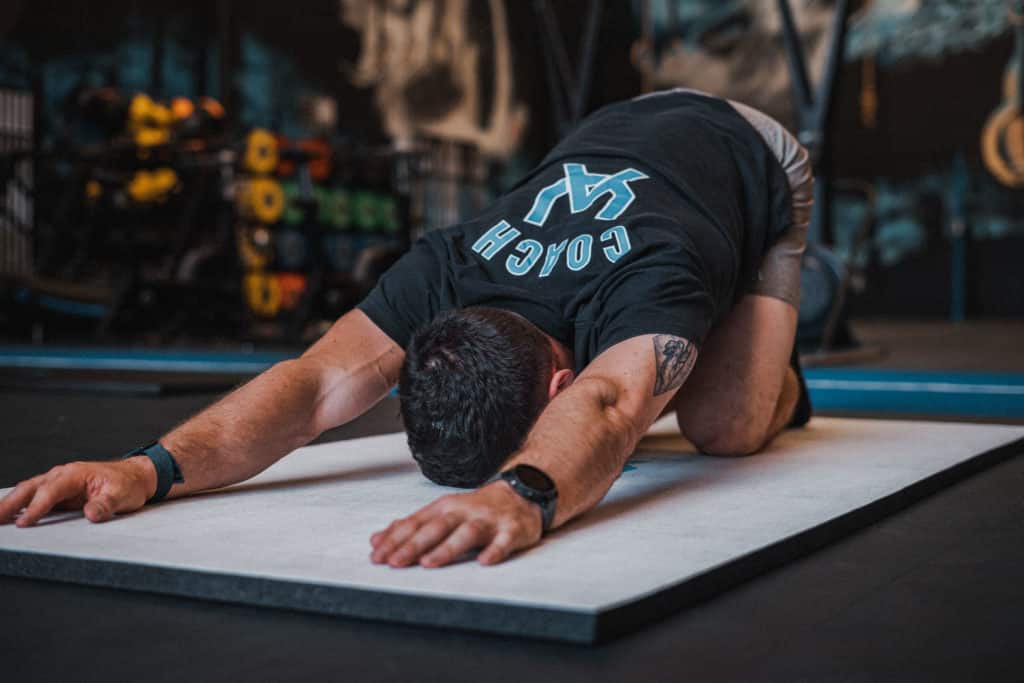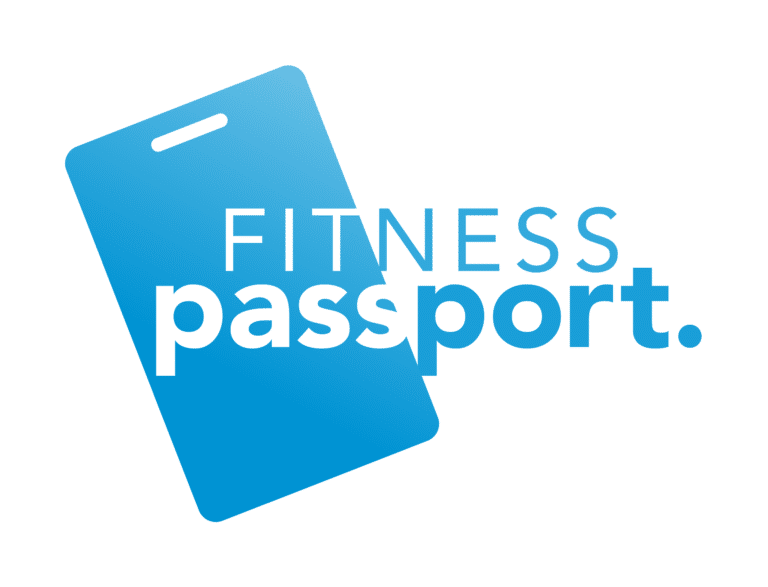Are you Following Strength & Conditioning Training Principles?
Join us at unbound athletic as we dive into what are and how to apply strength and conditioning training principles to your training.
What are the 7 Principles?
1 - Specificity
SAID Principle – specific adaptation to imposed demands
If you back squat you will over time get better and adapt to back squats, on the other hand back squatting will not make you a better runner.
There is the potential for some minor gains but this will plateau very quickly.
Includes:
- Movement pattern (kinematic)
- Metabolic (energy system)
- Neuromuscular (kinetic)
- Mental (psychological)
Make sure you understand your goals and align your training with these goals.
Don’t be upset by the results you didn’t get for the work you didn’t do.
2 - Overload

Training must be significantly stimulating to drive adaptations. If you are never pushing your limits or your boundaries, you will not adapt as much as someone who does.
Why do you ask?
It’s what we call adaptive resistance: An organism’s ability to maintain homeostasis in the face of greater intensities and volumes of a specific stimulus.
If you have been on the couch for a month and decide to run 1 mile this will be a great stimulus, if you continue to run overtime you will have to increase the distance or pace to continue to improve.
You will find you are constantly juggling all training principles, so it is important to listen to your body and understand that if you are showing signs of fatigue/ burnout you may need to improve your recovery. Make sure you talk to your coaches and they can help you identify the area that may need change.
3 - Recovery
You don’t adapt to what you don’t recover from.
You can hit the previous 2 principles but if we miss this principle, you will plateau or burn out, this can look like constant niggles or a decrease in performance.
How do we do this? It is common to have rest days during training weeks but one that isn’t used often other than athletes is deload weeks where we reduce the volume and intensities to allow our body to adapt to the previous 7 weeks of training. We also may need multiple weeks off every year or couple of years, this is often achieved with holidays and is a great way to avoid burnout.
Understanding that recovery is a huge part of training can often help us address the guilt we may feel when we take a rest day or holiday but it is needed for our continual progression.
Things that assist recovery include:
- Nutrition
- Sleep
- Meditation (this can vary for everyone, for some a walk on the beach is meditation)
- Lower intensity / less stressful training (again this varies depending on the individual)
For a runner who runs 10k every 2 days, 5km is less intensity and lower volume. Think of it as a reduction in your current volume and intensity.
4 - Variation
Variation Promotes long-term success by-
* Preventing overuse injuries
* Maximizing adaptive capacities
* Decreasing adaptive resistance
* Help prevent burnout
Training the same stimulus over and over can maximize the use of specific demands whilst missing others. You can achieve variation with simple things like a closer grip on your bench may be changing to a low bar close stance back squat. Below are some examples of how to add variation.
* Exercise selection/deletion
* Exercise progression
* Load/tempo/set/rep changes
* Training frequency
* Training Volume
* Training Intensity
* Training Modality
You will often see this in a lot of our programming for example we may add some pause work into strength movement, add some 1/4 reps, and even simple things like working from the hang.
5 - Reversibility
Use it or lose it? this is the idea that when you stop training the gains that you have made will reverse and you will return back to an untrained state. Different qualities have different reversibility times. You may not squat for a month and come back and still handle 90% relatively ok. Understanding this also allows us to appreciate our rest days a little more.
Below is a guide from some research –
- Aerobic endurance – 30 days
- maximal strength gains – 30 days
- Anaerobic glycolytic endurance – 18 days
- Strength endurance – 15 days
- Maximal Speed (alactic) – 5 days
We have all had a movement we just haven’t trained in a while yet we can come straight back to it and perform relatively close to previous levels.
Article – Block periodization vs traditional training methods
6 – Individualization

Factors that should affect your training principles.
- Biological age
- Training age
- Gender
- Genetic abilities
- Anthropometrics
An example of this is how women can often train at higher percentages than males and also tolerate higher volumes. We must identify what we are adapting to and understand the variables. look to avoid always comparing to others as we are all trying to get the most out of our training and this will look different for everyone. At the end of the day, you are looking to maximize your time invested into training and your return on that time investment. You have 86400 seconds in a day don’t waste 30 of them on things that don’t matter.
7 – Phase Potentiation
Strategic sequencing of direct adaptation and fitness characteristics, such that each phase of training enhances and supports the next.
For example, we may do a strength phase to increase strength, but we are looking to increase power for power cleans.
We know that Power = Force x velocity.
The strength phase will increase our force but now we need to train the muscles to increase velocity, greatly improving our force production.
Another example of this in Crossfit is localized muscular endurance; we may need to improve endurance for a movement like a wall ball to allow us to become more efficient and tolerable for the demands of the training and the sport. This can vary for each athlete; a taller athlete may need to improve leg endurance whilst a shorter athlete may need to improve pressing endurance. If you hate wall balls just start by never skipping a wall ball day.
Contact our friendly team at Unbound Athletic or look at our programs to find out more.

Hybrid Fitness in Brisbane
🏋️♂️ Hybrid Fitness in Brisbane: How Unbound Athletic Has Led the Movement for Over 12 Years Let’s face it—life’s busy. Between work, family, and the

Ozempic and It’s Effect in Fitness Industry
Gyms Are Not Dead – They’re Just Evolvin In 2024 and beyond, weight-loss medications like Ozempic are gaining serious traction. Social media, headlines, and word-of-mouth

How We Program For CrossFit
“Workout of the Day” Edition Fun Fact: At Unbound Athletic, we program power cleans on Mondays because it motivates people to start the week strong.

















